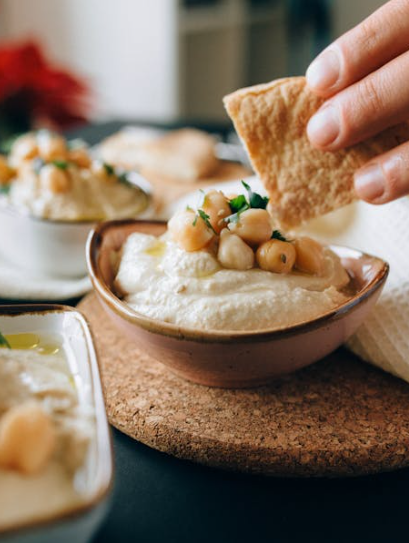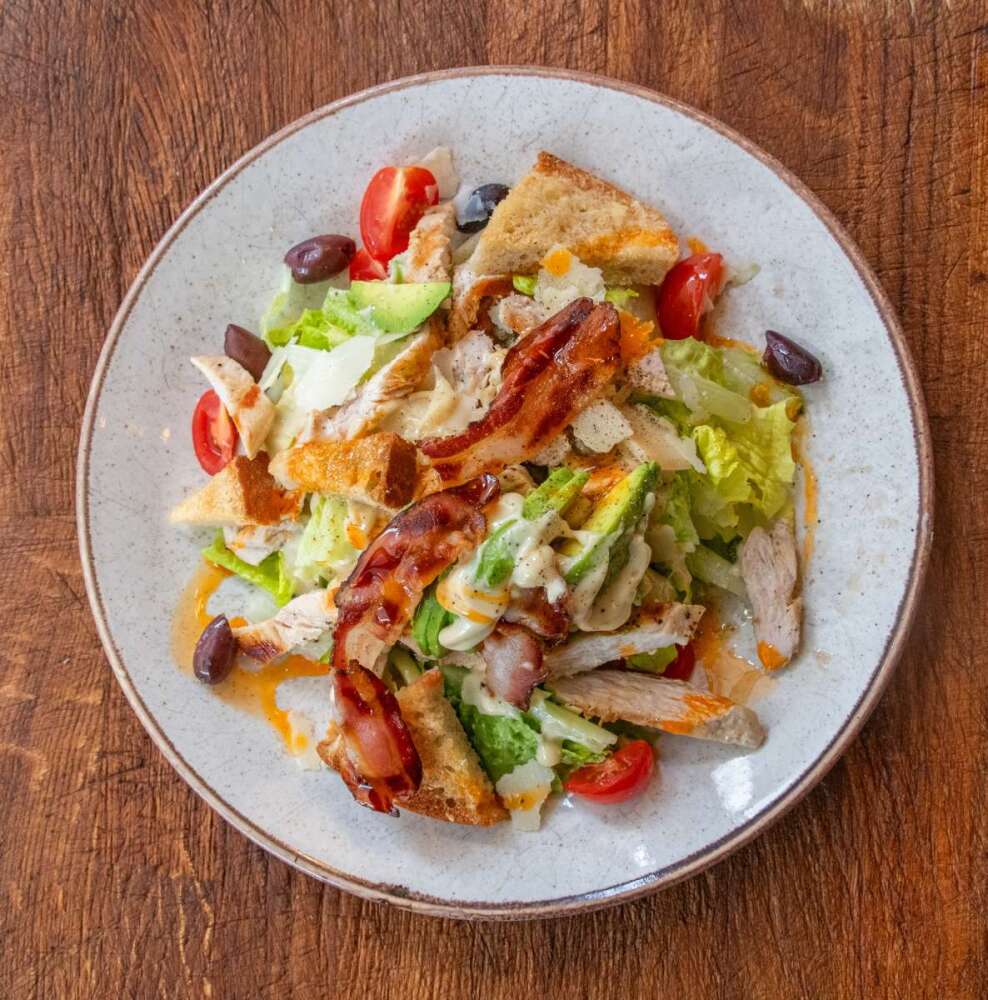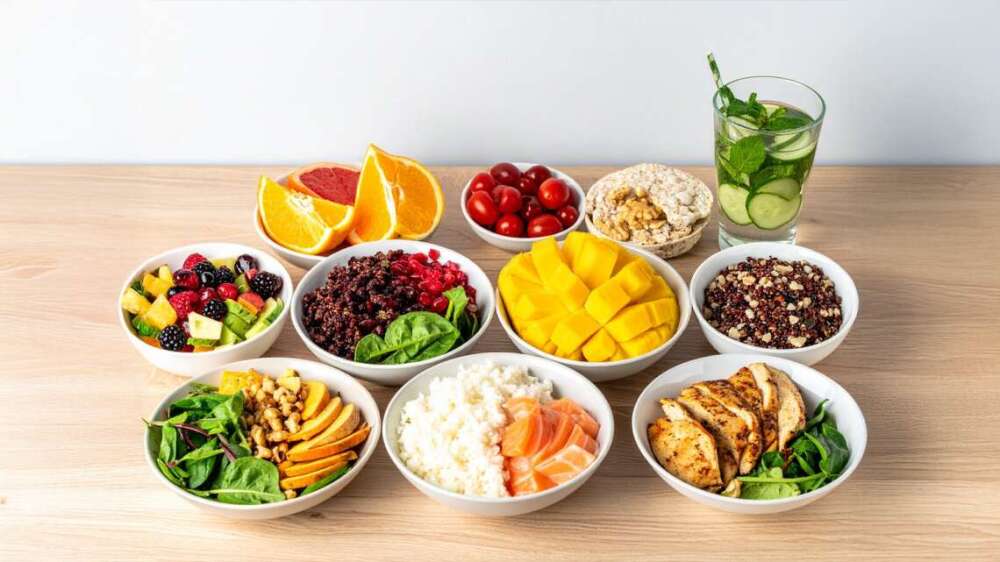
Few days to the year-end festivities and wed all be drowned in festive cheer and great food! The celebrations however are usually accompanied by a lot of wastage. We can be more mindful about our relationship with food by incorporating these small changes into our daily life to reduce food wastage…… writes N. Lothungbeni Humtsoe.
Buy Smart: Stick to your list of needs and avoid impulse buying. Don’t buy in bulk, but make frequent trips to the grocery store instead and coincide it with your jogging schedule or biking time so the trips become fun! This’ll ensure you only buy what you really need.

Store Smart: Proper storage of foods will help keep them at their peak for longer. Not all foods need refrigeration – Potatoes, tomatoes, garlic, cucumbers and onions should be stored at room temperature. Some fruits and vegetables produce ethylene gas that causes early ripening (or rotting) of foods that are sensitive to ethylene. These should always be stored separately. Foods that produce ethylene gas include bananas, avocados, tomatoes, cantaloupes, peaches, pears, green onions. Store them in separate bags and away from ethylene-sensitive foods like potatoes, apples, leafy greens, berries and peppers to avoid premature spoilage.
Refrigerate Smart: Stock your fridge using the FIFO method (First in, first out). Place newly bought foods behind older ones. For example when you buy a new carton of berries, place the newer package behind the old one. This helps ensure that older food gets used, not wasted. Also when you’ve kept leftovers in the fridge, keep them in glass containers so you don’t forget about them.

Smoothie Smart: While the stems, ends and peels of many items may not be appetizing in their whole form, adding them to a smoothie is a way to reap their nutritional benefits. Spinach leaves and stems that turn soggy after just a day or two in the kitchen, can be stored in the freezer and be used to make a super healthy smoothie.
Upcycle Smart: Get innovative with leftovers and turn them into delicious sandwiches and rolls. Leftover white rice can be turned into delicious tomato rice the next day, or even a fried-rice, and leftover sabzis can be used to make healthy parathas and sandwiches!
Order Smart: Be mindful of the quantity of food you order at restaurants. When you’re unable to finish, always ask for it to be packed to bring back home. Today there are multiple restaurants that have a special small-plate menu: an initiative that has effectively proven to reduce leftovers.

Dineout Passport, a dining out membership by Dineout, has recently launched a #FeedTheFuture campaign. The initiative aims to raise awareness towards food wastage and encourage the adoption of sustainable practices in restaurant and home kitchens. In order to encourage their users to reduce wastage in their own kitchens, Dineout Passport has launched the “Cook Smart” series – an Instagram TV (IGTV) series featuring chefs from top restaurants in India, who are sharing zero-waste recipes.
Also Read-‘Theatre Is Still Alive’









